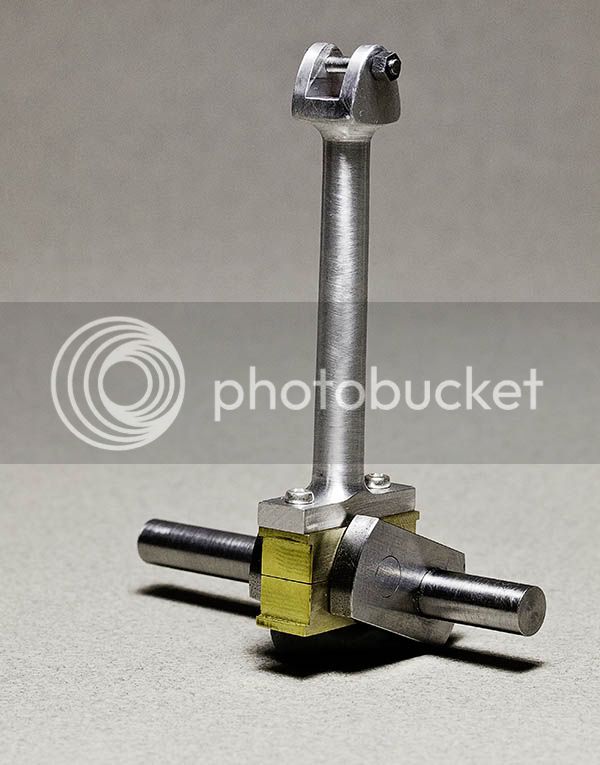Long way to go yet Vince but some significant parts completed.
Fred, if you go to the first page of the build there is a 3D model of the engine, which is done in Inventor, but I also have a full set of drawings to work from.
Jan
Fred, if you go to the first page of the build there is a 3D model of the engine, which is done in Inventor, but I also have a full set of drawings to work from.
Jan









![MeshMagic 3D Free 3D Modeling Software [Download]](https://m.media-amazon.com/images/I/B1U+p8ewjGS._SL500_.png)






















































![DreamPlan Home Design and Landscaping Software Free for Windows [PC Download]](https://m.media-amazon.com/images/I/51kvZH2dVLL._SL500_.jpg)




